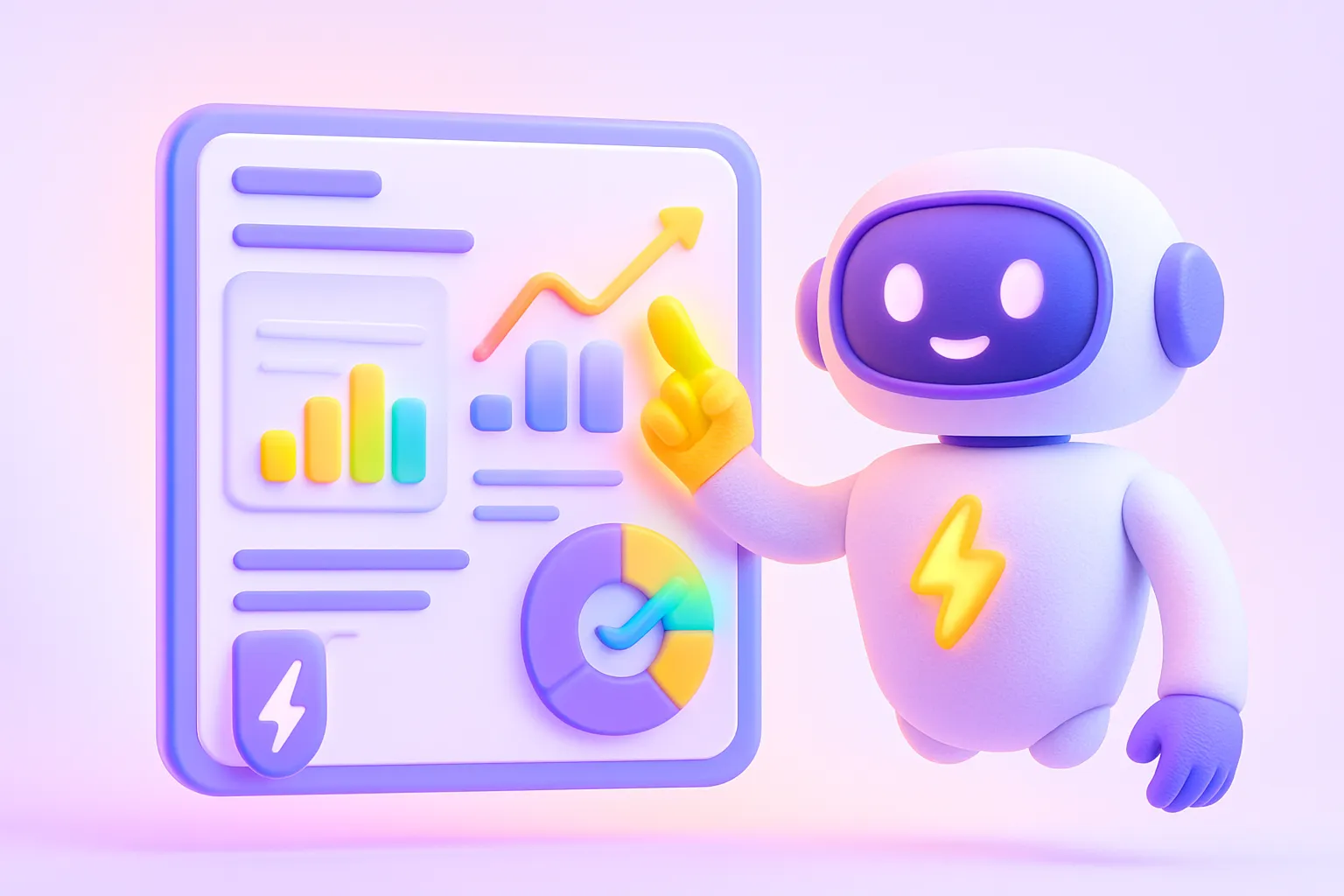AI-Powered SEO Automation: Beyond Keywords and Content

Why “Beyond Keywords” Matters in 2025
Most SEO teams already lean on AI for keyword expansion, meta tag generation, and content briefs. The next gains sit in areas that still chew up hours: technical audits, backlink vetting, competitor tracking, UX tweaks, and local listing hygiene. Automating these jobs frees you to focus on strategy and creative moves competitors can’t copy overnight.
Let AI Handle Your Technical SEO Audit Backlog
Manual crawls miss errors and burn billable hours. Modern crawlers such as Screaming Frog SEO Spider plug AI models into their crawl engine to flag broken links, duplicate content, missing metadata, and slow-loading assets in a single pass. According to a recent review on Gryffin, teams cut audit time by 60 percent after switching.
- Run scheduled crawls nightly, not quarterly.
- Pipe findings straight into your ticketing tool so devs get a prioritized list by morning.
- Layer on anomaly detection to catch new issues before they tank rankings.
Automating Backlink Analysis Without Staring at Spreadsheets
Backlink gaps decide who sits at the top of a SERP. AI link intelligence platforms scrape competitor profiles, group referring domains by authority, and surface link patterns humans miss. The competitor backlinking approach is the same, just faster:
- Cluster prospects by topic relevance, trust flow, and outreach ease.
- Auto-grade toxic links you should disavow.
- Generate personalized outreach snippets tied to each prospect’s recent content.
Result: a link-building roadmap delivered in minutes, not days.
Real-Time Competitor Intel the Easy Way
Keeping an eye on rival moves used to mean weekly exports from Ahrefs. AI dashboards now monitor their keywords, content velocity, and backlink gains 24/7. Small Biz Blueprint reports that proactive pivots based on this data net quicker ranking wins than traditional quarterly competitor reviews.
Tips:
- Set alerts for surges in a competitor’s referring domains so you can replicate high-value links fast.
- Track keyword cannibalization on their site to find gaps you can exploit.
- Mirror their content cadence when they push into a new topic cluster.
User Experience Signals Are SEO Signals
Search engines reward pages that keep visitors happy. AI heat-mapping tools analyze scroll depth, click paths, and load times, then recommend layout tweaks. Data from Flowster shows that fixing AI-flagged UX bottlenecks lifted session duration by up to 25 percent.
- Auto-compress heavy images that drag down Core Web Vitals.
- Surface rage-click zones so devs can fix broken CTAs.
- Serve content variants based on behavioral segments to cut bounce rate.
Local SEO at Machine Speed
NAP inconsistencies and stale reviews crush maps rankings. AI-powered local suites track every mention of your business, normalize address formats, and push updates to listings in bulk. They also highlight review sentiment swings so you can respond before negative chatter sticks. Media Search Group found that automated listing sync improved local pack visibility within two weeks.
Mind the Pitfalls
Automation is only as good as its data. The latest research warns of privacy risks and algorithm drift. Build in periodic AI audits, keep raw logs for compliance, and never let models update live sites without review.
Need Help With Content-Side Automation?
If keywords, clustering, and briefs still eat up half your week, check our deep dive AI-Powered Tools for Automating SEO Content Briefs and Clustering. It walks through prompts and tools that pair nicely with the technical tactics above.
Where Conbase.ai Fits In
Once your audits surface missing meta tags or weak product copy, Conbase.ai turns that to-do list into done. Upload a CSV of URLs, set a prompt for meta titles, and the platform cranks out thousands of optimized tags in minutes. Need multilingual descriptions or Amazon-ready listings? Drag, drop, and export, no code, no copy-paste.
Key Takeaways
- AI can now automate every major SEO pillar: technical health, links, competition, UX, and local signals.
- Use scheduled crawls and real-time dashboards to stay ahead of problems, not react to them.
- Balance speed with oversight by building checkpoints and audits into every AI workflow.
- Pair technical gains with content automation platforms like Conbase.ai to cover the full SEO stack.
The teams that master both sides of automation, technical and content, will own tomorrow’s SERPs.



